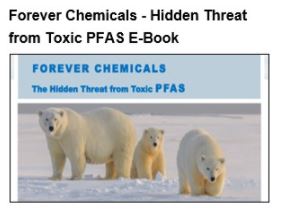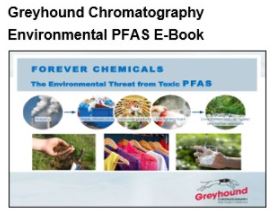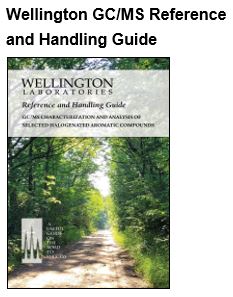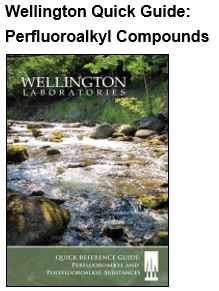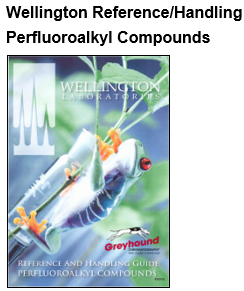Why do bananas require so many pesticides?
Bananas are the most popular fruit in the world. About 115 million tons of bananas are consumed each year, produced in more than 100 countries. Americans eat more bananas than any other fruit, consuming 6.4 billion bananas a year on its own, with every American each eating an average of 10 pounds per year.
Despite this massive demand for bananas, the sweet fruit cannot be grown in the U.S. The burden of supplying the global banana hunger falls on countries in the tropics, including Costa Rica, India, Brazil, Ecuador and many others. Although these countries have excellent climates for growing bananas, they also breed a variety of pests and fungi that can wreak havoc on this popular crop.
The chief of sustainable agriculture for the nonprofit organization Rainforest Alliance Chris Willie talked to NPR's All Things Considered about how the climate presents a variety of dangers to banana harvesting. He explained that the warm, humid, remote plantations are prone to the growth of an airborne fungus called Black Sigotoka. This growth can destroy an entire plantation in about a week – a costly problem for this profitable fruit.
Worms, fruit-hungry insects and tree diseases are also common problems in banana plantations, Willie told NPR. To combat these risk factors, most banana farmers and fruit companies turn to a cocktail of pesticides that can help reduce the damage from each of the banana's many enemies. Examine some the most common pesticides used on banana plantations to understand the industry better, whether as a researcher or consumer.
Chlorpyrifos - An insecticide, acaricide and miticide, chlorpyrifos is an organophosphate used on many crops throughout the world. Although formerly used as a household insecticide, the Environmental Protection Agency has placed many restrictions on the product, which has been found to have negative effects on those who use the chemical compound. Chlorpyrifos, chemically written as C9H11Cl3NO3PS, has been in use for more than 40 years and is seen by some as a smart alternative to pesticides that kill beneficial insects.
Thiabendazole – Thiabendazole, also known as the medications Mintezol and Tresaderm, is a fungicide and parasiticide that is used on banana planatations. Its chemical formula is C10H7N3S. Thiabendazole is the most common pesticide residue found in bananas, occuring in 48.1 percent of the bananas tested, according to the Pesticide Action Network North America. Although banana farmers use particularly high amounts of pesticides, with the Environmental Working Group putting the number at 35 pounds per acre, the residues aside from thiabendazole are particularly low because the banana peel protects the edible portion from many chemicals.
Azoxystrobin - Azoxystrobin is also a fungicide, used for a variety of produce farming. Known by commercial names including Amistar and Heritage, azoxystrobin is effective against multiple fungi such as powdery mildew, late blight, apple scab and rusts. Absorbed through the banana tree's roots it moves through the leaves to keep fungus at bay. Referred to as Methyl (E)-2-{2-[6-(2-cyanophenoxy) pyrimidin-4-yloxy]phenyl}-3-methoxyacrylate), azoxystrobin has a low toxicity to most avian, aquatic and terrestrial animals.
Imidacloprid - Imidacloprid is a neonicotinoid, which acts as a neurotoxic insecticide. This chemical compound, 1-(6-chloro-3-pyridylmethyl)-N-nitroimidazolidin-2-ylideneamine, can be used as a seed treatment or applied topically, and is effective against soil, chewing and sucking insects, according to the National Pesticide Information Center, a joint body between the EPA and Oregon State University.
Complications of pesticides in banana plantations
Although most growers see pesticide use as critical to the success of banana farming, critics point to the detrimental effects that these chemical compounds have had on animals near the plantations, such as crocodiles in Costa Rica. Fish have died in large numbers as well. Specialists work with banana plantations to reduce the amount of pesticides used and introduced to the wild life through improper use.
Author: Chris Boyd, Chem Service Inc August 2014
CONTACT US
Tel: +44 (0) 151 649 4000
Email: marketing@greyhoundchrom.com
FOLLOW US
YOU MAY ALSO BE INTERESTED IN OUR NEWSLETTER


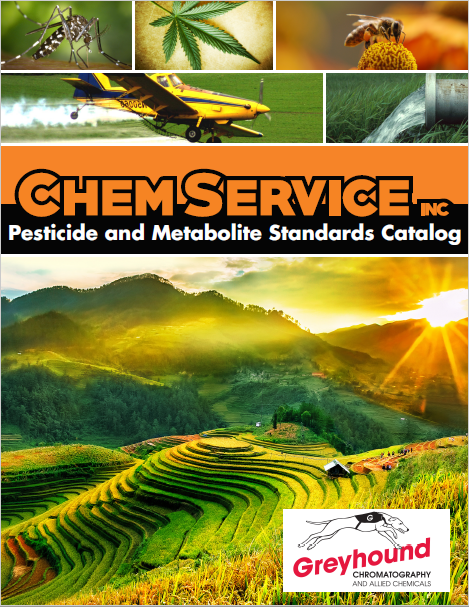
.jpg)








